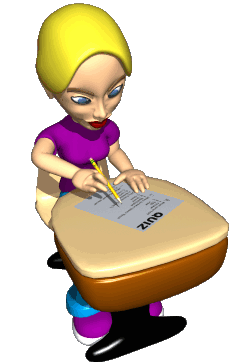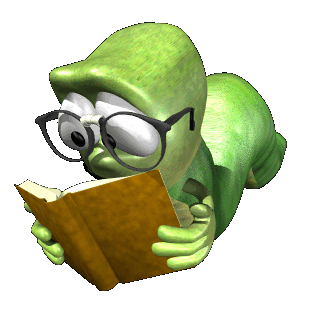Tests - Only assessment of student learning?
Tests being the only objective assessment of student learning is an idea that stirs much controversy! Tests can come in many shapes and sizes however the idea that tests assess students achievement and knowledge falls into the category fair but not equal! Students learn in many different ways and with that being said a "test" can merely fail us as teachers trying to identify the true objectives learned by a student. Whose to say students are not good test takers?

In my district, students are certainly forced to take state assessments where they must read and write in response to text within a timely manner. If these students don't perform accurately they are held accountable for state scores where teachers are also held accountable as these scores reflect teacher performance! Some students simply can not test well and this is certainly a flaw in our educational system as we all can remember the sweat and worry that would go into those big tests that make a huge difference for districts and now teachers careers.
How can we hold students accountable if we measure them through such high standards and accountability? Certainly it is an important step to measure students learned knowledge and to hold them accountable for what they learned however we are holding them to high by assuming "tests" are the answer to all. Tests are a great form of measurement as long as they are adapted and created to match the students learning styles and abilities.

How can a student who learns best through auditory learning master a test where they must sit in silence listening to a ticking clock counting down their time, pass? This is merely setting students up for failure! Tests need to be adapted and given in various approaches and formats therefor comprehension can be measured but through a more fair approach.
I certainly feel that tests being the only assessment of student learning is a false statement as their are many more acceptable ways to measure a students knowledge rather than simply "testing them."





